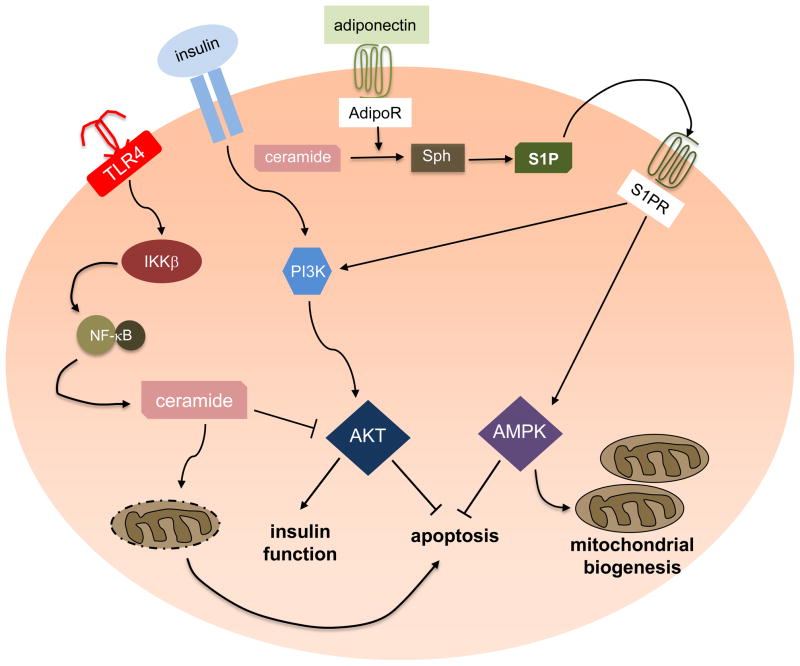Figure 5. Role of S1P in diabetes and obesity.
Saturated fatty acid-induced insulin resistance is mediated by the proinflammatory receptor TLR4, which stimulates IKKβ and leads to NF-κB activation. This results in the upregulation of biosynthetic genes involved in de novo ceramide formation. Ceramide, in turn, inhibits Akt to induce apoptosis and suppress insulin function. Binding of adiponectin to its receptors enhances deacylation of ceramide to sphingosine, which can then be phosphorylated to form S1P. Inside-out signaling via S1PRs can activate AMPK, important for mitochondria biogenesis. S1P also stimulates Akt and prevents apoptosis.

